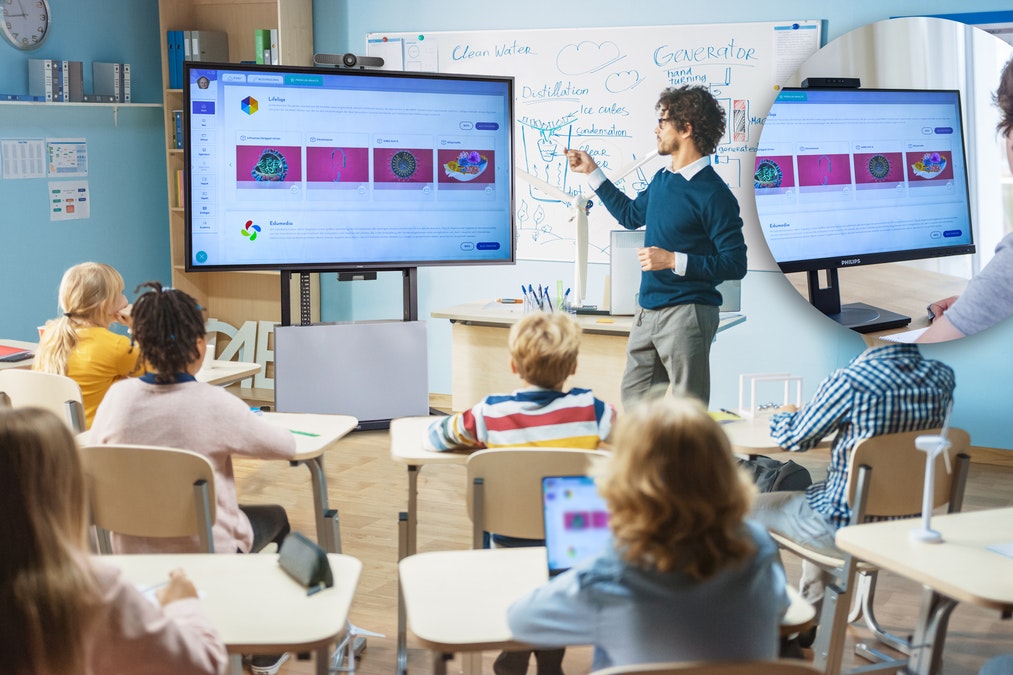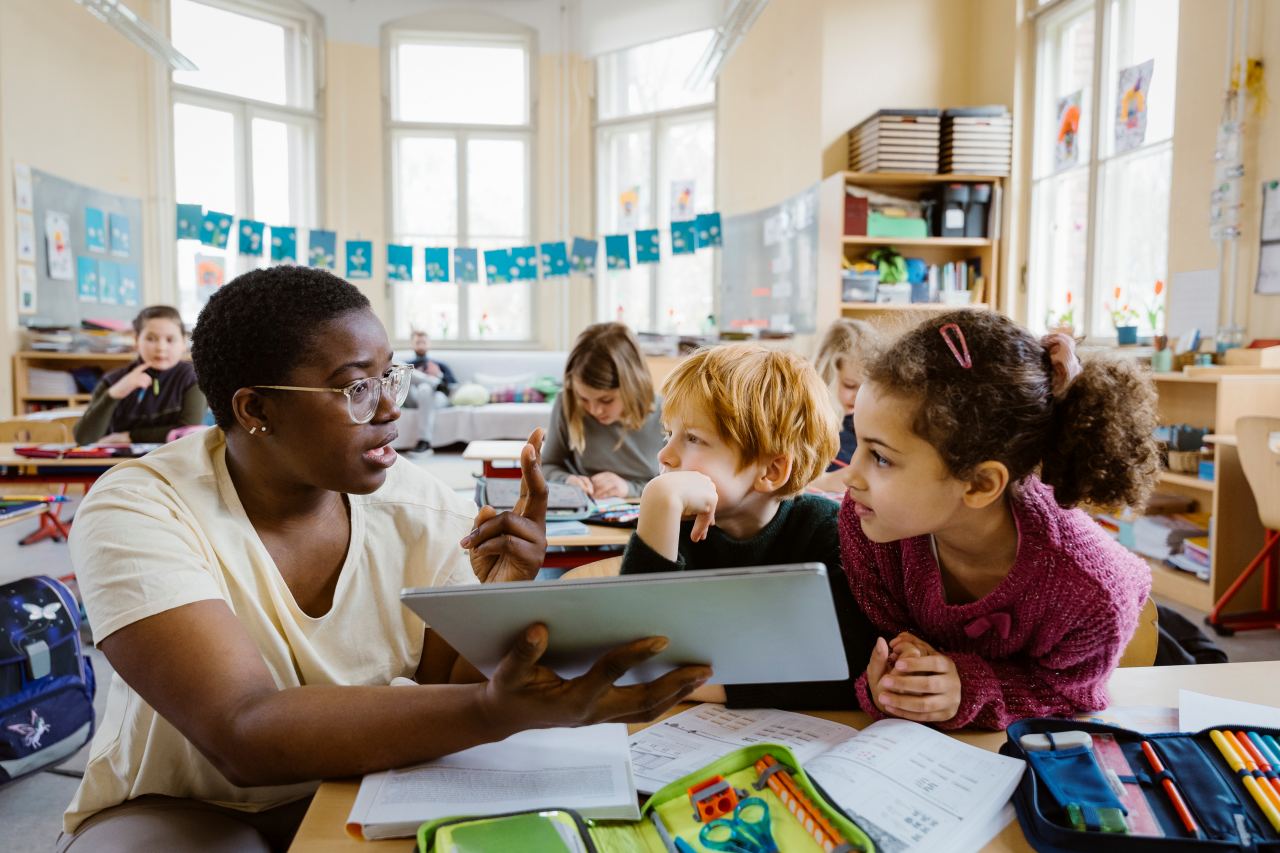A Comprehensive Guide to the Various Learning Approaches in Main Science Guideline
The exploration of diverse learning approaches in primary science guideline provides an opportunity for educators to enhance student engagement and comprehension substantially. By taking a look at hands-on understanding methods, inquiry-based strategies, and collective techniques, we can determine efficient methods that provide to different discovering styles.

Hands-On Understanding Techniques
Hands-on knowing methods play an essential duty in key scientific research instruction, engaging students in active exploration and experimentation. These techniques enable learners to engage straight with products and phenomena, promoting a deeper understanding of scientific concepts. By utilizing manipulatives, models, and real-life experiments, educators create an environment where students can observe, assume, and examine their concepts.
Such strategies not just improve understanding however likewise cultivate vital reasoning and analytical abilities. When trainees get involved in tasks like developing straightforward equipments, growing seeds, or performing chain reactions, they are urged to ask inquiries and seek responses with their own monitorings. This experiential strategy aids to debunk complicated scientific concepts, making them extra accessible and relatable.
In addition, hands-on discovering promotes partnership among peers, as pupils commonly function in teams to carry out experiments or share searchings for. This team effort not only enriches their understanding experience yet additionally creates vital social skills. Ultimately, incorporating hands-on methods in main science instruction promotes a lifelong love of understanding and interest concerning the natural globe, laying a strong foundation for future scholastic pursuits in science and past.
Inquiry-Based Knowing
Inquiry-based learning is a training approach that motivates pupils to ask concerns, explore phenomena, and build their very own understanding of scientific ideas. This approach shifts the focus from standard teacher-led guideline to a more student-centered experience, where learners take the initiative in their instructional journey. By promoting interest, inquiry-based discovering promotes much deeper involvement with the product, allowing students to discover subjects in a meaningful context.
In method, this technique often involves hands-on experiments, observations, and important reasoning tasks that straighten very closely with the clinical approach. Pupils are urged to create theories, design investigations, and evaluate data, which cultivates important skills such as analytical and analytic reasoning. The role of the educator in this structure is to promote expedition, assisting trainees with the query process while motivating independent idea and collaboration.
Furthermore, inquiry-based knowing nurtures a feeling of possession over the knowing process, encouraging trainees to go after knowledge proactively. This technique not only enhances understanding of clinical ideas however also fosters a long-lasting love for discovering, furnishing students with the abilities needed to navigate a significantly complicated world.
Collaborative Learning Approaches
Joint knowing techniques empower trainees to participate in purposeful interactions with peers, cultivating a shared responsibility for their academic results. In key scientific research instruction, these methods motivate students to interact to check out scientific ideas, fix troubles, and perform experiments (primary science tuition Singapore). By joining group activities, trainees can take advantage of varied viewpoints, permitting richer understanding and retention basics of scientific knowledge
One key aspect of collaborative learning is the emphasis on communication skills. Students should verbalize their thoughts, listen proactively to others, and bargain concepts, every one of which are essential expertises in both scholastic and real-world contexts. This social interaction not only boosts their understanding of clinical concepts however likewise promotes teamwork and conflict resolution abilities.
Additionally, collective knowing typically results in enhanced motivation and involvement. They are more most likely to take ownership of their learning trip when students see the worth of their payments within a team. Teachers can promote this process deliberately structured team tasks that straighten with educational program goals while giving advice on efficient collaboration methods. In general, including collective understanding techniques in primary scientific research direction grows a dynamic learning atmosphere that prepares pupils for future academic and social obstacles.
Technology Combination in Scientific Research
The combination of technology in main scientific research guideline boosts learning experiences by providing cutting-edge tools and resources that sustain numerous training approaches, including collective discovering - primary science tuition Singapore. Making use of electronic systems, simulations, and interactive applications permits students to engage deeply with scientific concepts, helping with a much more hands-on technique to discovering
Online research laboratories, for circumstances, make it possible for students to perform experiments securely and successfully, advertising inquiry-based discovering. These devices can replicate real-world scientific scenarios, allowing students to visualize intricate procedures that would certainly be tough to duplicate in a conventional classroom setup. In addition, modern technology cultivates communication and partnership among students, as they can share findings and interact click here for more info on projects through on-line platforms.
In addition, multimedia discussions and academic videos can enhance lessons by satisfying diverse understanding styles, making abstract concepts extra easily accessible. Data evaluation tools additionally equip students to accumulate and translate scientific information, reinforcing critical assuming skills. On the whole, the calculated incorporation of modern technology in main scientific research direction not just enhances involvement however additionally prepares trainees for a technologically innovative society, outfitting them with necessary skills for future scientific endeavors.
Separated Guideline Methods
Differentiated direction approaches are necessary for attending to the varied needs of learners in main scientific research education. These techniques make it possible for instructors to tailor their mentor techniques to suit varying capabilities, passions, and learning styles within the class. By using differentiated instruction, instructors can produce a comprehensive setting that fosters engagement and enhances understanding of scientific ideas.
One reliable strategy is to use flexible grouping, which allows students to collaborate with peers at similar ability degrees or with varying viewpoints. This strategy urges peer understanding and advertises critical thinking. Additionally, offering choices in assignments can encourage pupils, permitting them to choose jobs that resonate with their interests while still meeting curricular purposes.
In addition, integrating tiered jobs is an additional valuable technique. By designing tasks with differing degrees of complexity, instructors can make certain that all students are appropriately challenged, no matter their proficiency. Making use of developmental evaluations to gauge recognizing additional enables educators to adjust their educational techniques dynamically, ensuring that each student pop over to these guys receives the assistance they need.
Inevitably, carrying out differentiated guideline techniques in key science education and learning not only improves student discovering outcomes however additionally cultivates an interest for science, preparing trainees for future scholastic pursuits.

Verdict
In summary, reliable primary science direction requires a complex method that incorporates hands-on knowing, inquiry-based techniques, and joint techniques. The combination of technology and separated instruction additionally provides to diverse learning styles, cultivating an atmosphere helpful to expedition and critical reasoning.
The expedition of diverse knowing techniques in primary science instruction presents an opportunity for educators to enhance pupil involvement and understanding dramatically.Hands-on understanding strategies play an essential function in primary scientific research instruction, involving trainees in active expedition and trial and error.Inquiry-based discovering is a training method that encourages pupils to ask concerns, examine phenomena, and create their very own understanding of scientific ideas.Collective learning approaches equip students to involve in significant interactions with peers, cultivating a common responsibility for their instructional results. In general, including collective learning techniques in primary scientific research direction grows a dynamic understanding atmosphere that prepares students for future scholastic and social obstacles.